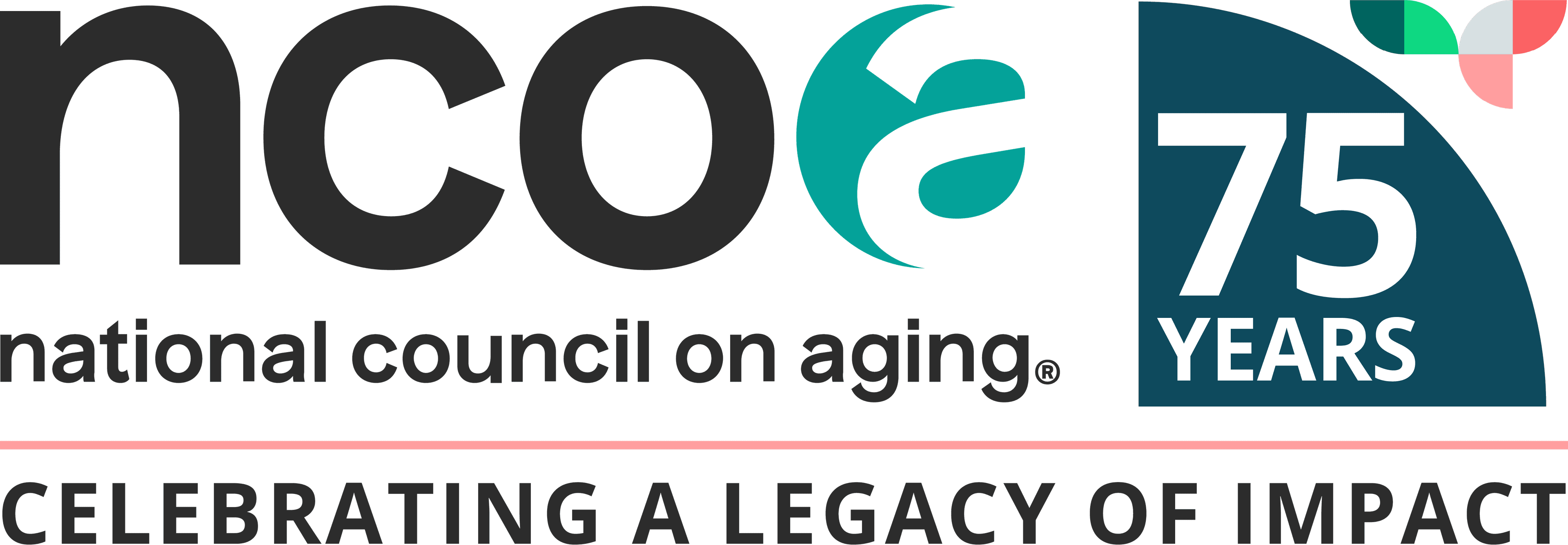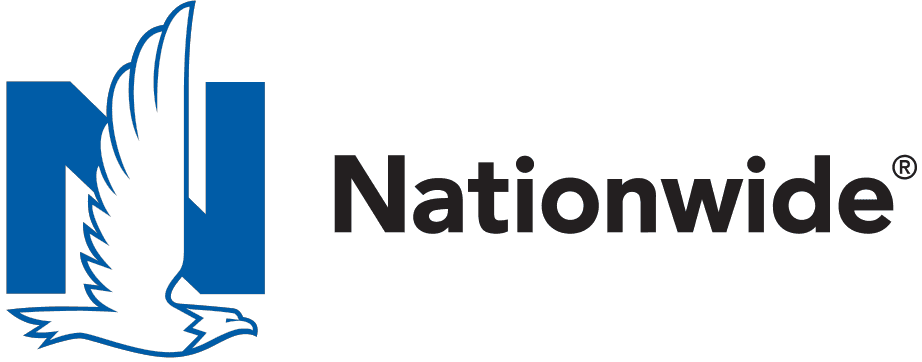Should You Keep Your 401(k) or 457(b) After Retirement? 3 Key Benefits of Staying in Your Plan
8 min read

Related Topics
If you’ve spent most of your working years saving for retirement through a 401(k) or 457(b) plan, well done—you’ve built a strong path for financial security in the years ahead. As you get ready to leave the working world behind, you'll face an important decision: should you leave your savings in your employer-sponsored plan—or transfer them to another account?
A 2021 Pew survey found that more than half of recent and near-retirees (54%) chose to keep their savings in their employer’s plan, while the rest rolled them into individual retirement accounts (IRAs).1 While both choices can make sense, many retirees overlook the advantages of staying in plan.
In this guide, we’ll explore why leaving your money where it is may be a smart move.
Understanding 401(k) and 457(b) plans
401(k) and 457(b) plans are two of the most common workplace retirement plans. Knowing how they work can help you make the most of your benefits:
- A 401(k) plan is offered by private employers and regulated by a federal law called ERISA (the Employee Retirement Income Security Act). ERISA sets strict rules designed to protect workers’ retirement savings.
- A 457(b) plan is typically offered by state and local governments and some nonprofit organizations. While not covered by ERISA, these plans are still powerful retirement tools with their own unique benefits.
With that foundation, let’s look at three notable advantages of keeping your money in your workplace plan after you retire.
✅ Advantage #1: Expanded tax benefits
One of the core advantages of staying in your workplace retirement plan is its tax perks. These are two-fold:
- Continued tax-deferred growth: Both 401(k) and 457(b) accounts allow your savings to grow tax-deferred. This means you don’t owe taxes until you start taking money out. Leaving funds in the plan gives your money more time to grow—a big plus when you could be retired for 20 to 30 years. If you don’t need the money right away, you can let it keep compounding until required minimum distributions (RMDs) start. RMDs are the minimum amounts you must withdraw each year from most traditional retirement accounts once you reach age 73 (75 if you were born in 1960 or later).
- Early withdrawal flexibility: Normally, taking money out before age 59½ results in a 10% IRS penalty. But there are exceptions that may work in your favor:
- 401(k) plans: If you leave your job in the year you turn 55 or later, you can access your funds in that specific employer plan without the 10% penalty. This applies whether you retired, quit, or were laid off.
- 457(b) plans: These accounts are not subject to the 10% early withdrawal penalty at all, if you’ve separated from your employer.
Keep in mind that while there’s no penalty in these situations, withdrawals are still taxable as ordinary income, so you’ll want to plan for that. The exception is a Roth 401(k). With these plans, you contribute after-tax dollars, so withdrawals are not subject to income tax as long as they meet the requirements for qualified distribution.
✅ Advantage #2: Lower fees and institutional investment options
Another benefit of staying in your employer retirement plan after leaving the workforce is cost. Workplace retirement plans are negotiated at the group level, meaning all participants share in lower costs. This can give you access to “bulk discount” pricing and institutional-grade investment funds that often charge lower fees than what you’d find on your own in an IRA.
Over time, lower fees can make a meaningful difference in how long your retirement savings last.
✅ Advantage #3: Protection from creditors
A lesser-known benefit of ERISA-covered 401(k) plans is strong legal protection from creditors under federal law. That means if you’re sued or you face financial difficulties (e.g., bankruptcy), your retirement savings are shielded in ways that regular brokerage accounts—or even IRAs—may not be. These legal protections do not apply to situations like IRS tax penalties, certain criminal penalties, or any child support or alimony you may owe.
Though they aren’t covered by ERISA, governmental 457(b)s generally also offer strong protection from creditors. But this protection may be less than what’s offered by ERISA plans, and it can vary by state.
What are the best withdrawal strategies for 401(k) and 457(b) plans?
Once you retire, how you take money out of your 401(k) or 457(b) is just as important as how you saved it—and it should be based on your individual circumstances. Consider these common withdrawal strategies, which can help stretch your savings and give you peace of mind:
- The 4% rule: One withdrawal strategy you may have heard of is the “4% rule.” This guideline suggests you withdraw 4% of your retirement balance in the first year, then adjust for inflation each year afterward. This steady approach can help stretch your money over decades. Recent studies suggest that a slightly lower rate, like 3.7%, may be safer in today’s economic environment. Either way, sticking to a systematic withdrawal strategy provides predictable income. It’s also a more tax-friendly option than lump-sum withdrawals, which increase your taxable income for that year. This can push you into a much higher tax bracket, leaving you with far less than you expected.
- Lifetime income funds: Some employer retirement plans now offer investment options that turn your savings into guaranteed income when you retire. Called lifetime income funds, these are usually in the form of target-date funds that gradually shift from growth-oriented investments to income-generating ones as you approach retirement age.
Lifetime income funds build in extra protection by including an annuity feature that ensures steady lifetime income in retirement. It periodically captures the fund’s highest value and bases your future income payments on this amount. That means even if the markets plummet or you reach centenarian status, you won’t outlive your paycheck. This kind of financial security is a plus for those nearing retirement. A Nationwide survey found that half of retirees ages 60–65 who thought about going back to work did so because they had run out of money (or worried they might).2
As mentioned above, it often makes sense to wait until you need your retirement savings before tapping into your accounts. Current rules let you delay RMDs until age 73 (or age 75 if you were born in 1960 or later).
Since withdrawals from traditional 401(k)s and 457(b)s are taxed like ordinary income, postponing them not only defers taxes—it gives your retirement savings more time to flourish.
When does rolling out of my retirement plan make sense?
Of course, staying in plan isn’t always the right move for everyone. There are situations where rolling your assets into an IRA may be beneficial. For example, you might:
- Want access to a wider variety of investment options and more flexibility in investment timing, rebalancing, and tax planning strategies
- Prefer to consolidate multiple retirement accounts into one place for easier, more efficient financial planning
- Want more customized financial planning guidance
In these cases, the flexibility of an IRA may outweigh the benefits of staying in your employer plan.
What to consider before deciding
Before you decide whether to stay in your employer retirement plan or roll over your savings to another account, take time to consider:
- Withdrawal rules: Make sure you understand your retirement plan’s withdrawal options and level of flexibility. This will allow you to avoid unexpected taxes and/or stiff penalties.
- Beneficiaries: Confirm that your beneficiary designations are up to date. These designations control who inherits your retirement money—not your will or estate plan.
- Plan fees and investment choices: Compare the fees and options in your plan to those in an IRA. Check with your current plan provider to see if you have access to investments that will support you through retirement, like a lifetime income fund.
- Income planning: Make you have a strategy to turn your retirement savings into consistent income, whether it’s through systematic withdrawals (see withdrawal strategies above) or a lifetime income fund that guarantees a steady “paycheck” for as long as you live.
- Consolidation needs: Do you prefer to combine all your accounts into one to simply your financial planning? You’ll need to gather information on your current accounts, choose a destination account, and request a direct rollover to avoid taxes and penalties.
Don’t hesitate to seek professional advice
Deciding what to do with your retirement savings after you stop working is not an easy choice. Staying in your 401(k) or 457(b) plan can offer worthwhile benefits, from tax-deferred growth and lower fees to creditor protection and guaranteed income options.
“But every retiree’s circumstances are different, and the best path really boils down to your financial goals and personal preferences,” explained Kevin Jestice, Nationwide's President of Retirement Solutions. “Take the time to review your employer plan’s rules and features and compare them to rollover options. Consider the tax implications carefully. And before you make any moves, you may want to talk to a financial professional who can help you weigh the trade-offs.”
Retirement is your time to step back and enjoy the life you’ve worked hard to build. Making informed decisions about your savings will help you feel more confident and excited about the road ahead.
Get more retirement planning tips in our Work & Retirement Resources information library for older adults.
Sources
1. Pew. Pew Survey Explores Consumer Trend to Roll Over Workplace Savings Into IRA Plans. October 1, 2021. Found on the internet at https://www.pew.org/en/research-and-analysis/issue-briefs/2021/09/pew-survey-explores-consumer-trend-to-roll-over-workplace-savings-into-ira-plans
2. Nationwide. New Report: Economic Fears Driving Retirees Back to Work. January 22,2024. Found on the internet at https://news.nationwide.com/new-report-economic-fears-driving-retirees-back-to-work/




